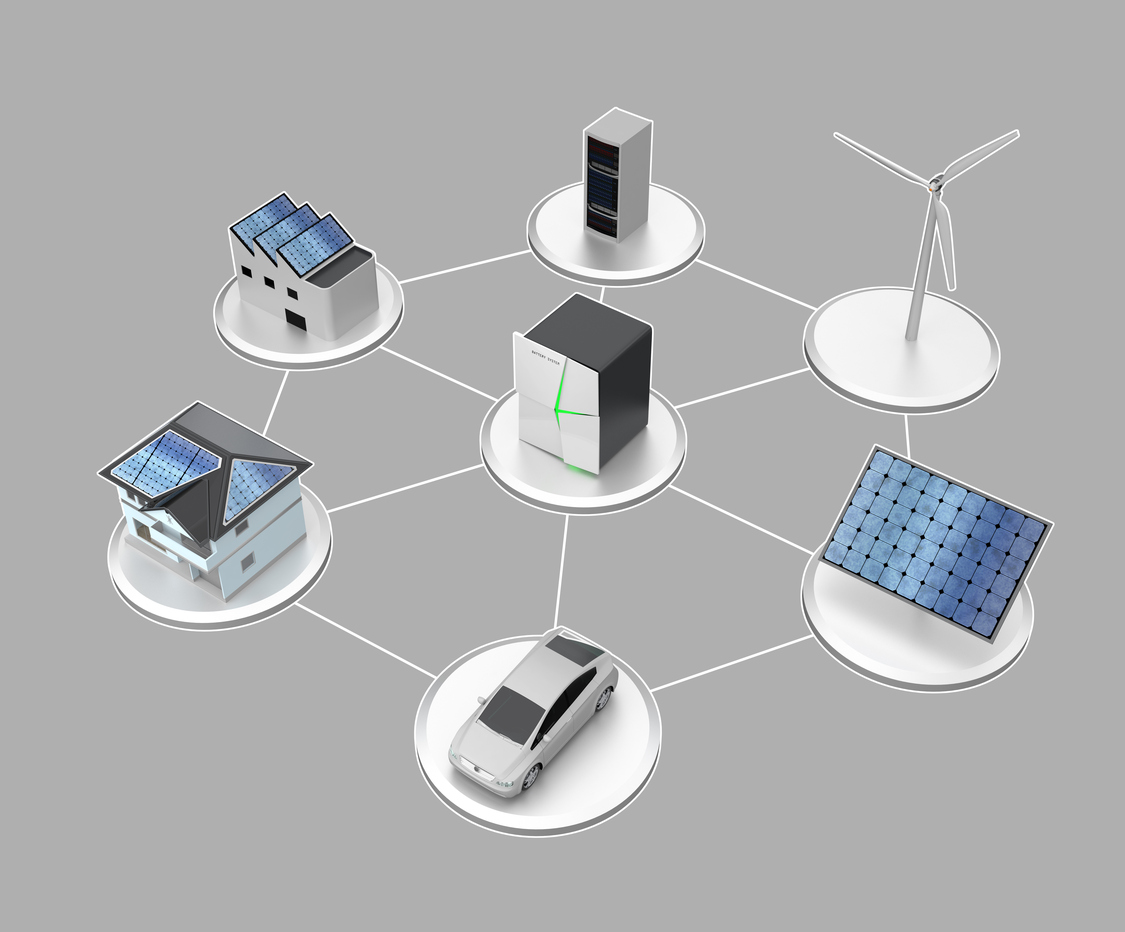 A team of researchers at Case Western Reserve University is building a flow battery prototype to provide cleaner, cheaper power.
A team of researchers at Case Western Reserve University is building a flow battery prototype to provide cleaner, cheaper power.
The team, co-led by ECS member Bob Savinell, is working to scale up the technology in order develop a practical, efficient energy storage device that can store excess electricity and potentially augment the grid in light of a shift toward renewables.
With a $1.17 million federal grant, the team has started to build a 1-kilowatt prototype with enough power to run various, high-powered household devices for six hours.
“Intermittent energy sources, such as solar and wind, combined with traditional sources of coal and nuclear power, are powering the grid. To meet peak demand, we often use less-efficient coal or gas-powered turbines,” says Savinell, ECS Fellow and editor of the Journal of The Electrochemical Society. “But if we can store excess energy and make it available at peak use, we can increase the overall efficiency and decrease the amount of carbon dioxide emitted and lower the cost of electricity.”
One of the biggest barriers preventing the large-scale use of electrochemical energy storage devices has been the cost. To address this, Savinell and his team have been developing the flow battery with cheaper materials, such as iron and water.
(more…)
 Luis Fernando Arenas
Luis Fernando Arenas

 The
The  A team of researchers at Case Western Reserve University is building a flow battery prototype to provide cleaner, cheaper power.
A team of researchers at Case Western Reserve University is building a flow battery prototype to provide cleaner, cheaper power. The world’s next energy revolution is looming nearer.
The world’s next energy revolution is looming nearer.